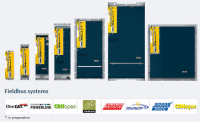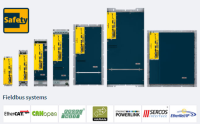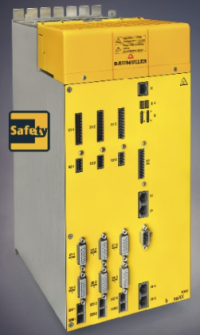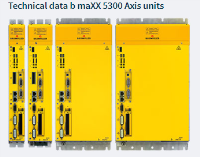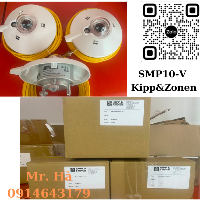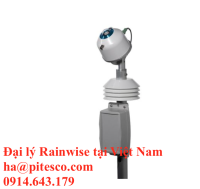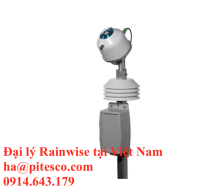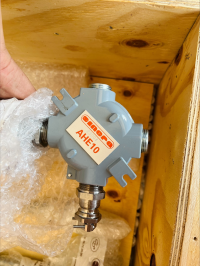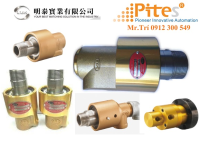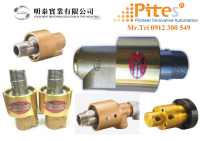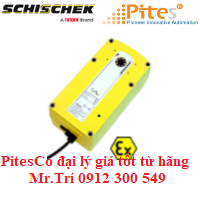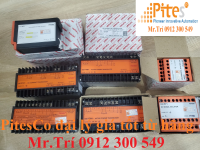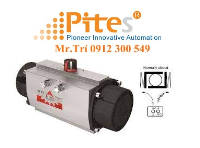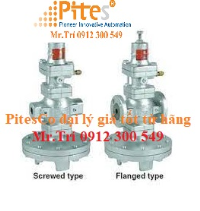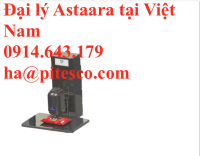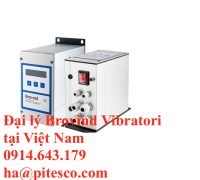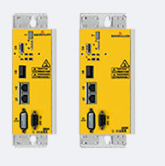
Compact Servo Drives b maXX 3300 High-quality servo controller for small drives
Xuất sứ: Germany
Nhà cung cấp: Pites
Hãng sản xuất: Baumueller
b maXX 3300
High-quality servo controller for small drives
The b maXX 3300 servo converter is a high-quality servo controller with integrated position control for the low power range. The b maXX 3300 is characterized by a compact and space-saving design.
Field-oriented regulation ensures excellent concentricity values, while higher-level speed and position control enables dynamic and precise positioning. The b maXX 3300 is compatible with b maXX 5000 servo controllers in terms of manageability, communication, parameter structure, main functionality and operation. The b maXX 3300 is parametrized via ProDrive.
Fieldbus systems

*) in preparation
Technical data b maXX 3300
Mains supply voltage: frame size 0: 110 - 243 V, single-phase; supply rated voltage: 230 V
frame size 0/1: 180 - 528 V, three-phase; supply rated voltage: 400 V
Supply frequency: 50/60 Hz
Chopping frequency: 4/8/16 kHz
Output voltage: 0-85% (single-phase), 0-95% (three-phase) of supply voltage
Electronics supply: external 24 V DC
Data is valid for 4 kHz clock frequency
Dimensions without mounting brackets
Subject to alteration
Due to the controller's consistent efficiency and compact design, the b maXX 3300 is suitable for use in the printing, textile and packaging industries as well as applications in material handling and robotics. The servo controller is specifically designed for operation with DSD 28–100 servomotors and Baumüller's pancake and linear motor series.
in conjunction with the dynamic mini servo motors of the DSD series, the b maXX 3300's highly dynamic control increases the clock speed of applications and thus the production output of machines and plants. Due to the high switching frequency (16 kHz) of the trigger signal, the machine's noise emissions and therefore the burden on the environment are considerably reduced.







 Support
Support